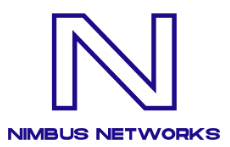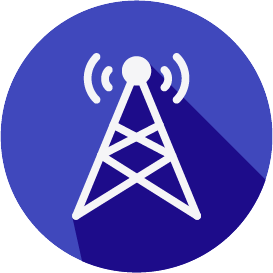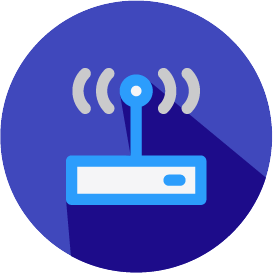Next Gen Wireless
Rapidly expand your network connectivity for a fraction of the cost
The next-generation wireless technologies are built to support more secure, faster, lower latency wireless networks from traditional cell phone networks to wireless data networks to Fixed Wireless providers. These technologies will vastly change the face of networking. Because many of these technologies do not require physical cables to connect, this enables rapid expansion of network connectivity without much of the costs of physically running wiring.
For many organizations, slow network connectivity has caused some problems. Have you experienced these?
Delayed 911 Access
Emergency Response
BYOD Productivity
Employee, guest, and resident dissatisfaction
Decreased property value and leasing renewal rates
I S Y E S Y O U R A N S W E R ?

















